Last week on Wednesday 21 August, 2024, PM Modi embarked on a significantly historic two-nation visit to Poland and Ukraine. The Prime Minister first landed in Poland, on August 21 and then he headed to Kyiv.
This was PM Modi’s first visit to the war-torn Ukraine since Moscow’s invasion of Kyiv, and was also the fist visit by an Indian PM to Ukraine since bilateral diplomatic relations were established 30 years ago.
During his day long visit to Ukraine, on Friday 23 August, 2024, PM Modi met with Ukrainian President Volodymir Zelenskyy in the background of the ongoing Russia-Ukraine War. During the talks PM Modi personally offered New Delhi’s assistance at the highest level to help resolve the conflict.
“We say it very loudly and clearly that we support the respect for sovereignty and territorial integrity, it’s our highest priority.” Modi said. He further said that India is ever ready to play an ‘active role’ in every effort to restore peace in Ukraine and he would even like to contribute personally to end the conflict.
At their first face-to-face meeting, PM Modi met Ukrainian President Volodymyr Zelenskyy with a warm hug that came barely six weeks after Modi had similarly hugged the leader of Ukraine’s arch-enemy, President Putin, and which was criticised by the US officials.
This show of personal bonding poses some rather bigger questions, i.e. firstly, whether India is treating both Russia and Ukraine equally and secondly, whether it has the diplomatic heft to get the on-going war stopped at the earliest?
As to the first question, PM Modi himself offered a rather eloquent and succinct response by asserting that “We are not neutral. From the very beginning, we have taken sides. And we have chosen the side of peace. We have come from the land of Buddha where there is no place for war. We have come from the land of Mahatma Gandhi who had given a message of peace to the entire world.”
During the last two-and-a-half years India has chosen to distance itself from the US-led Western bloc’s position of imposing sanctions on Russia, but it also expressed “heartbreaking” concern at the killing of innocent children. During his Moscow visit, Modi had conveyed to the Russian President Putin that “this is not the era of war”. This signalled that New Delhi doesn’t turn a blind eye to Russian actions and that didn’t go unnoticed by the Western bloc.
Further, the Indian position of abstaining from the UN resolutions over the past two-and-half years, and making it clear that “dialogue and diplomacy” is the way forward projects Delhi as a player working towards peace.
And finally, the important element of India asking Putin and Zelenskyy to sit together – means that Delhi is ready to nudge both to have a direct conversation, instead of peace summits which are unrepresented by one side – at the Burgenstock, Switzerland summit in June earlier Russia was not invited.
India has been part of several multilateral summits, starting from Copenhagen, Jeddah, Riyadh, Davos and Burgenstock, which have talked about the process to resolve the conflict, but there has not been any headway so far.
At present it seems that the Western bloc which is preoccupied with its own set of problems and the presidential elections in the US, is least bothered about the Russia-Ukraine conflict. This leaves India and China to play a proactive role of a negotiator between the warring nations.
On its part New Delhi believes it has more leverage with the Western bloc, than Beijing. Though the war could be resolved only when the US, Europe and Russia come together, but getting a conversation started between Ukraine and Russia could be a good start form India’s point of view. PM Modi’s visit is part of India’s effort to bring the two warring sides to the table directly, and Delhi can be the facilitator.
However, in the current scenario when New Delhi is buying Russian oil in huge quantity, Zelenskyy taking Modi’s word at face value seems rather bleak. New Delhi has overtaken Beijing as the biggest importer of Russian oil. They have grown from 0.5 per cent of India’s total oil imports to 44 per cent this month.
During the talks on Friday, the Ukrainians raised the issue and said that if India changed its policy here, the war would end. In his interaction with the Indian media, President Zelenskyy said that because of the sanctions, Russian trade elsewhere faced restrictions, and, “If you stop the import of oil, Putin will have huge challenges”. He bluntly noted that Putin’s war economy was benefiting from the billions he was earning through oil exports to India and China.
Later in response, the External Affairs Minister S Jaishankar pointed out at a media briefing that Indian imports needed to be looked at in the context of embargoes on buying Iranian and Venezuelan oil and as of now they helped the international economy in ensuring that “prices remain reasonable and stable.”
All in all, the way the war is going, pressure for peace negotiations is likely to grow and both Ukraine and Russia will position themselves for it. As of now, there are no indications that the Russians are willing to talk peace. Despite the Kursk offensive, Kyiv is finding the going tough and as of now, Russia continues to occupy large territories in eastern and southern Ukraine.
Zelenskyy wants a second peace summit in November and says he will have a peace plan ready for it and has asked Russia to attend as well. It remains to be seen how New Delhi will handle this proposal for a second peace summit.
Meanwhile, White House has said that the United States welcomes any other country willing to be helpful in trying to end the conflict in Ukraine and Prime Minister Narendra Modi’s visit to Kyiv can contribute to achieving a peaceful resolution aligned with Zelenskyy’s vision.
For India, however the biggest challenge is to get the prime minister’s personal initiative leading to a resolution accepted by both the parties, which may help make India emerge as the leading and active voice of the Global South too.

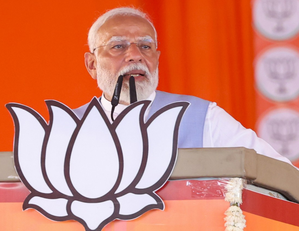
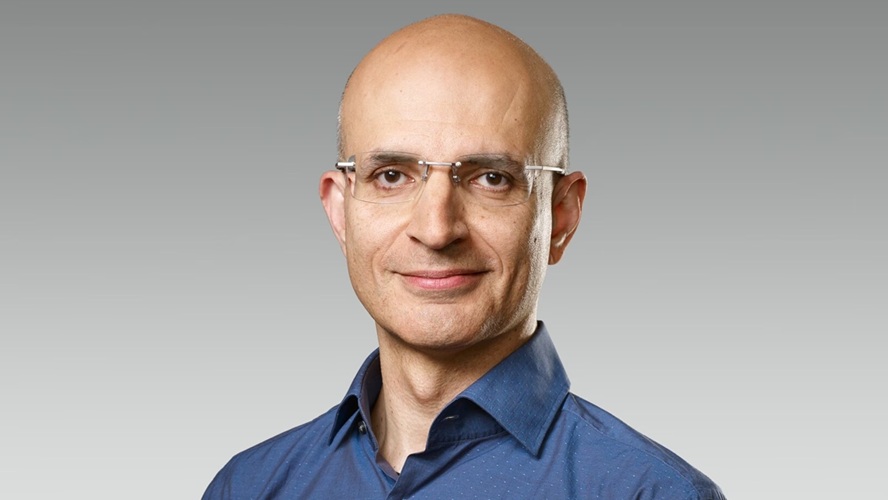
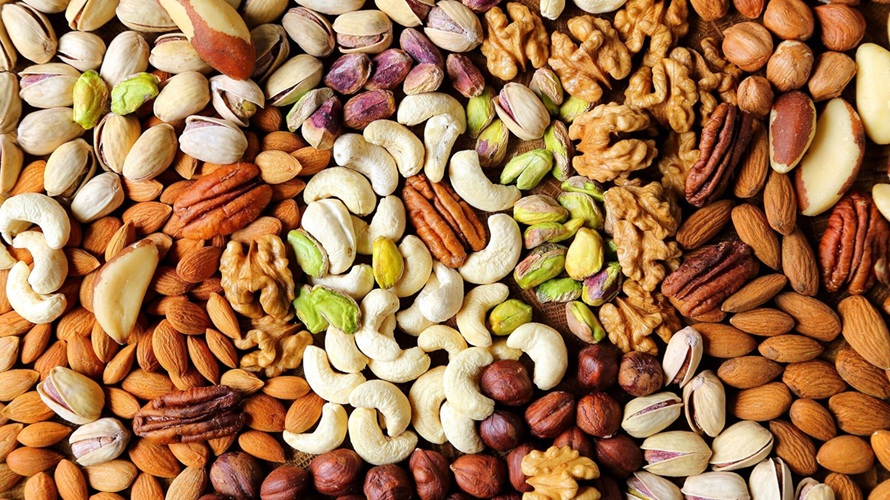
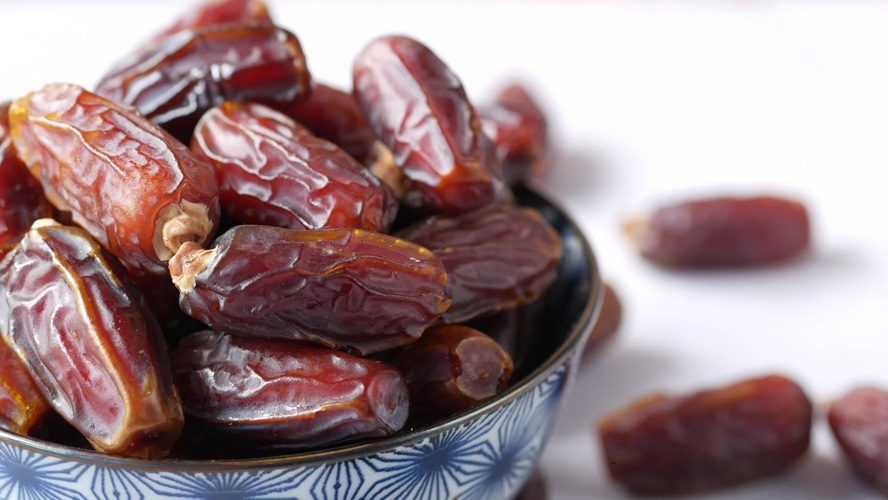
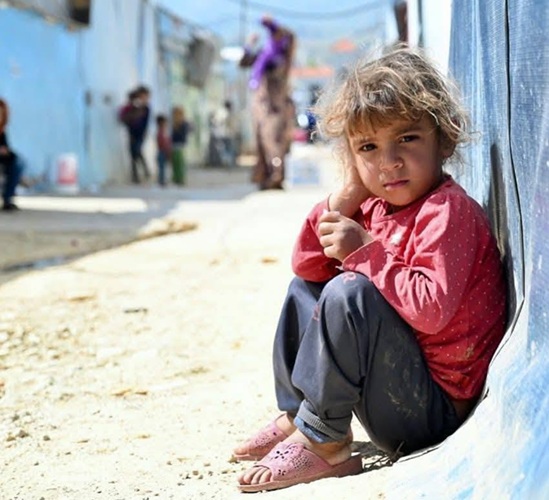
0 Comments